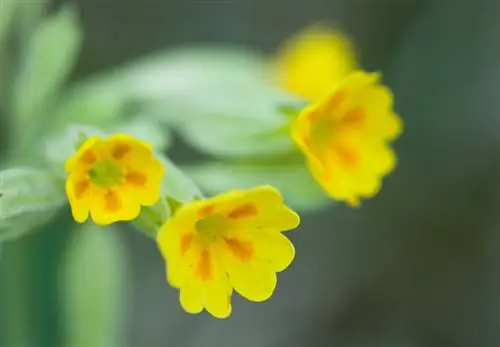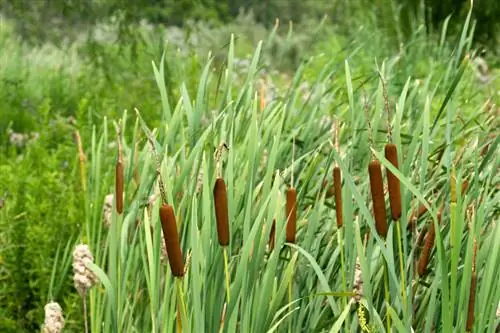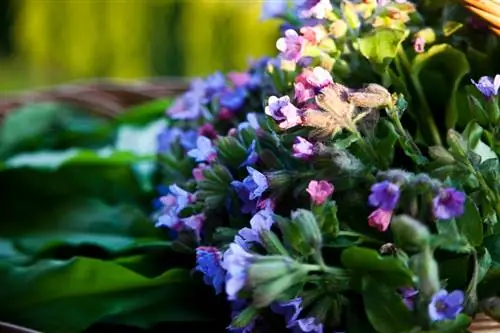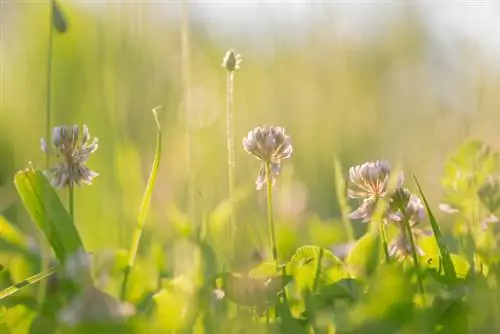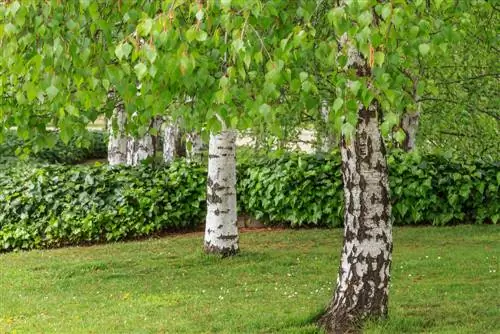- Author admin [email protected].
- Public 2023-12-16 16:46.
- Last modified 2025-01-23 11:21.
What is the botanical name of the white birch? How many species are there? How old can a white birch tree get? We clarify these and other questions in our guide, which includes a bullet-point profile of the white birch as well as descriptions of some of its special features.
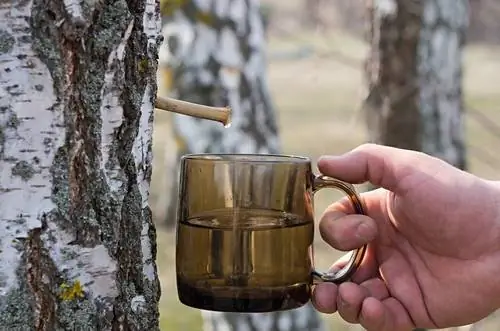
What is the profile of the white birch?
The white birch has the botanical name Betula pendula and belongs to the birch family (Betulaceae). It is a deciduous tree that is widespread in Central Europe and can reach a height of 10 to 25 meters. A white birch tree can live up to 150 years.
White birch profile
- Name: white birch, silver birch, sand birch
- Botanical name: Betula alba, Betula pendula, Betula verrucosa
- Family: Birch family (lat. Betulaceae)
- Tree type: deciduous tree
- Use: garden tree, park tree, street tree, forest tree, pioneer plant
- Distribution: Central Europe
- Height: 10 to 25 meters
- Leaf: arranged alternately, oval to slightly triangular, ovate pointed, serrated leaf edges, up to 7 cm long, golden yellow autumn color
- Frequency: monoecious, separate sexes
- Flowers: male catkins conspicuously yellow, female flowers rather inconspicuous, flowering period from March to May, cross-pollination, pollination by wind
- Fruit: hanging catkins, small brown-yellow nut fruit, 2 to 3 mm, winged, August to September
- Branches: thin, drooping
- Bark: white, black longitudinal cracks
- Wood: hard
- Root: Shallow root (very flat and wide)
- Location: sunny to light partial shade
- Soil: dry to slightly moist, sandy to loamy
- pH value: acidic to slightly alkaline
- Age: up to 150 years
Special Birch Facts
Here are some impressive properties of the white birch that relate to
- the growth habit,
- the birch wood and
- the birch water
refer.
Growth habit
The white birch has a long, continuous trunk and a loose crown. It also has acute-angled branches and overhanging twigs - typical characteristics of this tree species. On young trees the bark is still black-brown to gray. Only later does the trunk of the white birch take on its characteristic shape and appear rolling in white. In rare cases the white birch reaches a height of 30 meters. The trunk can be up to 80 cm thick.
Birchwood
Under the bark, the white birch contains its white to white-yellow wood. There are hardly any differences in color between the heartwood and sapwood. Birch wood is difficult to split - it is elastic and shrinks a lot. For these reasons it is less suitable as lumber. Instead, it is often used as veneer wood. It is not uncommon for chairs, tables, wooden shoes or ladders to be made from white birch wood. Storing birch wood is difficult because it often turns yellow or stains quickly.
Birch water
The bleeding sap of the birch tree is still used today as a hair tonic (€7.00 on Amazon). It is also sometimes made into jelly or birch wine (birch lemonade). You may have come across a bottle of it in your local drugstore.


